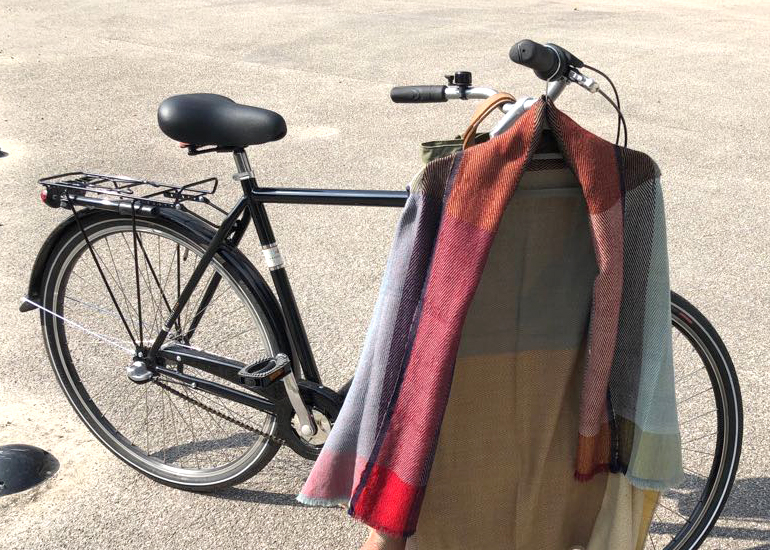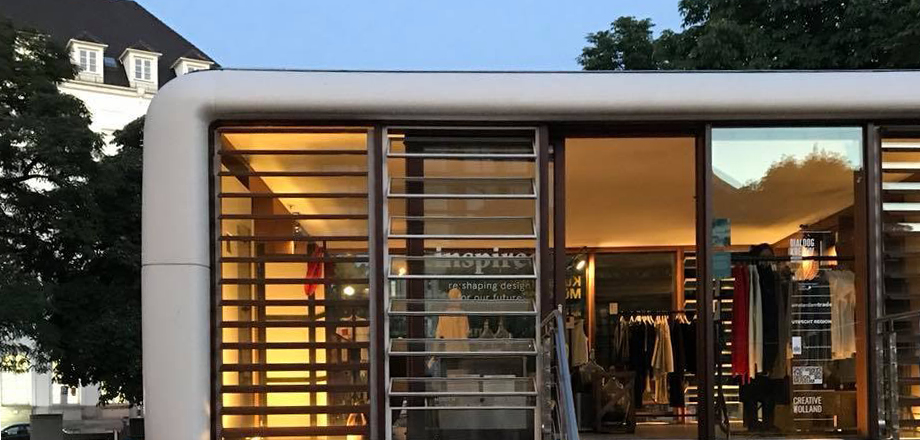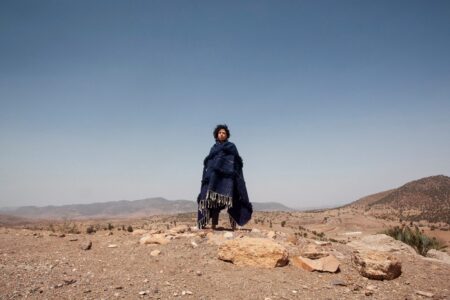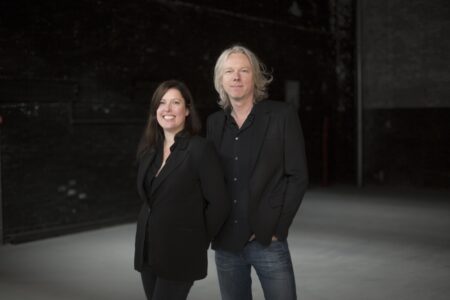Design Without Borders: The Inspired Concept Store
Curator, Martiene Raven, talks to TL Mag about ‘Inspired Concept Store’ at Die Neue Sammlung and the potential of collaborations at an international level
A rather large box sits on four sturdy, stilt-like legs outside Die Neue Sammlung–The Design Museum, Munich. On closer inspection, visitors will realise this white rimmed and wooden cube is, in fact, a small, mobile space. It is Loft Cube, designed by Berlin-based industrial designer Werner Aisslinger. But why is it outside the museum? What is inside the box?
For four weeks in July, the Loft Cube has been transformed into a cross-cultural summer experience–the Inspired Concept Store. This hybrid gallery/shop/pop-up features design and fashion from young Dutch designers and artists. It is an initiative of DIALOOGKREATIV, a cooperative project between the regions of Munich, Amsterdam, and Utrecht which aims to create collaborations across national borders with a focus on innovation and sustainability.
Martiene Raven, the curator of the ‘Inspired Concept Store’ gives TL magazine an insight into the philosophy behind the pop-up and the potential of collaborations at a national scale:
TL Magazine: How has Dutch Design been received in Germany throughout the duration of the ‘Inspired Concept Store’ so far?
Martiene Raven: The response is great. Telling the story behind the labels and informing people about how the collections are made and who designed them, really gives people another impression of the garment. It becomes more than just something to wear, it gains a value and meaning that is absent in the anonymous fast fashion industry where clothing is disposable.
Can you describe the selection of pieces in the store?
In collaboration with M-ODE Foundation Amsterdam and Centraal Museum Utrecht, we selected and invited 14 young Dutch brands to participate. Some have a direct connection to Dutch heritage like the collection Van Hollandse Bodem from fashion designer Judith van Vliet and shoe designer Amber Ambrose Aurèle, whilst others come from different backgrounds but still identify as Dutch designers. The collection is primarily made of Dutch resources and processed as much as possible in the Netherlands. There was also an emphasis on innovation and sustainability. One garment, a crisp white blouse, is created using leftover (deadstock) cotton from tampon factories!
Do you feel fashion can bring together different cultures? If so, how?
All 14 labels are based in The Netherlands, however most of them come from different cultural backgrounds and are influenced by family heritage. I believe we bring these backgrounds and traditions with us wherever we travel and move to. For example, Amsterdam and Kaapstad based label Rhumaa celebrates African art through fashion, and accessory designer Fatima Essahsah from Stones Stories, is highly influenced by the designs and techniques from Berbers–an ancient culture which arose from the Trans Saharan and Mediterranean trade routes.
Personally, I have been working and living in Berlin for over four years now, bringing some ‘Dutchness’ to Berlin, and taking on new German habits at the same time. There is no such thing as Dutch or German only. I feel that this is also the right mindset with which to approach Europe as a whole. You cannot divide design between countries, heritage is, as per definition, a mix of cultures.
What is the relationship between the Netherlands and Germany in terms of fashion design at the moment?
Germany and the Netherlands have a strong relationship in the trade and exchange of entrepreneurship and innovation. Yet, The Netherlands tend to move faster. The Dutch creative industry, for example, has a light, out-of-the-box, open mindset when it comes to design and innovation. Germany has a reputation for being very thorough, with precise designs and deep research and therefore it is often a bit slower. The beautiful thing is that collaboration between the two offers increasing value and exciting outcomes for both countries. I believe that the Inspired Concept Store proves how the relationship between the two countries can be strengthened.
Has there been a highlight of the pop-up for you?
It has been very exciting to work on this project with the Alte Pinakothek and Die Neue Sammlung (The Design Museum) to bring together different elements of Dutch culture, both old and new. In celebration of the display of Johannes Vemeer’s Woman in Blue Reading a Letter at the Alte Pinakothek and as a tribute to Dutch craftsmanship, the Alte Pinakothek is also presenting the Vemeer Dress by the renowned Dutch designer Tess van Zalinge. The dress was developed in cooperation with the Delft earthenware manufacturer, Royal Delft, and the TextielMuseum Tilburg and premiered at the Amsterdam Fashion Week 2017.
‘Inspired Concept Store’ will be open until the July 28. The Loft Cube will continue to host various installations at Die Neue Sammlung until mid-September.
Cover image: Van Hollandse Bodem (On Dutch Soil) shoes by Amber Ambrose Aurèle, clothing by Judith van Vliet. Photography by Melissa Houben. Styling by Willemijn Bos











